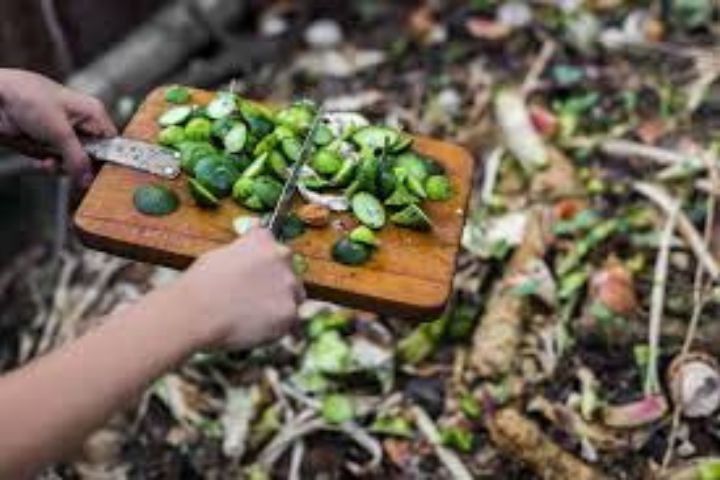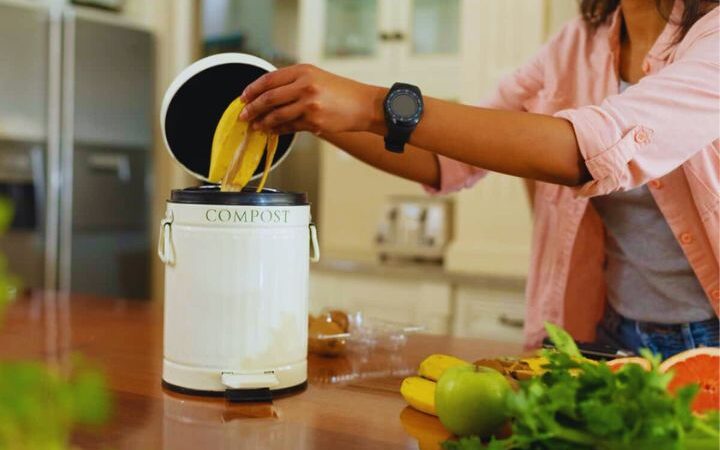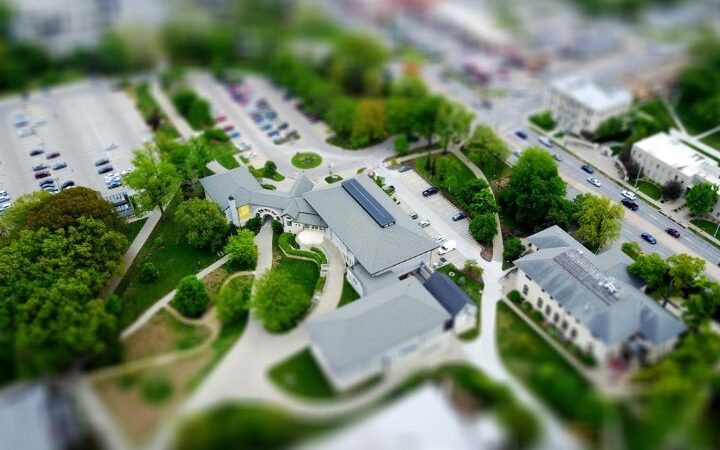Step-by-Step Beginner’s Guide to Composting at Home

Step-by-step beginner’s guide to composting at home: Are you tired of throwing away food scraps and garden waste? If yes, then composting is the perfect solution. By learning how to compost at home, you can reduce waste, create free fertilizer, and take a big step toward sustainable living.
This step-by-step beginner’s guide to composting at home will show you exactly how to get started, what materials to use, and the best tips to ensure success. Whether you live in an apartment or have a backyard, composting is easier than you think.
Table of Contents
What Is Composting and Why Does It Matter?
Composting is the process of recycling organic matter, such as kitchen scraps and yard waste, into nutrient-rich soil called compost. This natural fertilizer improves soil health, boosts plant growth, and helps retain moisture.
Instead of letting food waste rot in landfills (where it releases harmful methane gas), you can turn it into “black gold” for your plants. Composting isn’t just a gardening trick it’s a powerful eco-friendly habit.
Benefits of composting at home:
- Cuts down household waste by up to 40%
- Reduces greenhouse gas emissions
- Saves money on chemical fertilizers
- Improves soil quality for gardens and potted plants
- Encourages a sustainable lifestyle
Step 1: Choose the Right Composting Method
The first step in your composting journey is selecting a method that fits your home and lifestyle.
1. Outdoor Compost Bin or Pile
Perfect if you have a backyard or garden. Build a compost pile or use a ready-made bin. Just keep it layered, moist, and aerated.
2. Indoor Compost Bin
If you live in an apartment, you can use a sealed indoor compost bin that controls odor. These are compact and perfect for small kitchens.
3. Vermicomposting (Worm Composting)
This method uses red wiggler worms to break down waste quickly. Worm bins are great for producing high-quality compost, especially for indoor plants.
4. Bokashi Composting
Ideal for those who want to compost cooked food scraps and dairy. It uses beneficial microbes in a bucket to ferment food waste.
Tip for beginners: Start simple. An outdoor compost bin or an indoor sealed container is the easiest way to begin.
Step 2: Learn What to Compost and What to Avoid
A successful compost pile depends on a good balance between “greens” (nitrogen-rich items) and “browns” (carbon-rich items).
✅ Good to Compost (Greens):
- Fruit and vegetable scraps
- Coffee grounds and tea bags
- Fresh grass clippings
- Crushed eggshells
✅ Good to Compost (Browns):
- Dry leaves, branches, and twigs
- Shredded cardboard or paper
- Sawdust from untreated wood
- Paper towels and napkins (unbleached)
❌ Do Not Compost:
- Meat, fish, and dairy products (attract pests)
- Greasy or oily food
- Diseased plants or weeds with seeds
- Pet waste
A good rule of thumb: Use two parts browns for every one part greens. This keeps your compost healthy and odor-free.
Step 3: Build Your Compost Pile Step by Step
Here’s how to layer your compost correctly:
- Start with browns – Lay down dry leaves, shredded cardboard, or twigs to create airflow.
- Add greens – Place food scraps, grass clippings, or coffee grounds.
- Keep layering – Alternate browns and greens.
- Balance it out – If it’s slimy or smelly, add more browns. If it’s too dry, add water or more greens.
Pro Tip: Chop large food scraps into smaller pieces. This speeds up decomposition.
Step 4: Maintain Your Compost
Just like any living system, compost needs the right care.
- Moisture: Your pile should feel like a wrung-out sponge. Too wet? Add browns. Too dry? Sprinkle some water.
- Airflow: Turn your pile every 1–2 weeks with a pitchfork or shovel. Oxygen speeds up the composting process.
- Temperature: A healthy compost pile gets warm (between 120–160°F / 50–70°C). This shows microbes are active.
If your compost smells bad, it usually means too many greens. Fix it by adding dry leaves or shredded cardboard.
Step 5: Harvest and Use Your Compost
Composting takes time, usually 2–6 months depending on your method and how often you maintain it. You’ll know your compost is ready when it:
- Looks dark brown or black
- Has a crumbly soil-like texture
- Smells earthy and fresh
How to use compost at home:
- Mix it into garden soil for vegetables and flowers
- Use as a top layer for potted plants
- Spread it thinly over your lawn
- Blend it into soil for seed starting
Common Composting Mistakes Beginners Make
To make sure your composting journey is smooth, avoid these errors:
- Too many greens → Causes bad odor
- Not enough moisture → Slows down decomposition
- Forgetting to turn the pile → Leads to compact, smelly compost
- Adding wrong items → Attracts pests or creates toxins
Quick Composting Tips for Beginners
- Keep a kitchen compost pail for easy scrap collection.
- Chop food waste into smaller pieces for faster breakdown.
- Cover your pile with a tarp or lid to keep pests away.
- Stick to a 2:1 ratio of browns to greens for best results.
- Start small — even composting just your kitchen scraps makes an impact.
Frequently Asked Questions (FAQs) on Step-by-Step Beginner’s Guide To Composting At Home
- How long does compost take to be ready?
Usually between 2 to 6 months, depending on the method, weather, and how often you turn it. - Can I compost in a small apartment?
Yes! Use an indoor compost bin, Bokashi bucket, or vermicomposting system. - Does composting smell?
No, if done correctly. It should smell earthy. If it stinks, add more browns and turn it. - Do I need worms to compost?
Not always. Worms (vermicomposting) help speed things up but aren’t necessary for traditional composting. - What’s the best composting method for beginners?
An outdoor compost bin (if you have space) or an indoor sealed compost bucket.
Final Thoughts
Composting might seem complicated at first, but once you get started, it becomes second nature. By following this step-by-step beginner’s guide to composting at home, you’ll not only create a natural fertilizer for your garden but also reduce waste and live more sustainably.
Remember every banana peel, coffee ground, and leaf you compost is a step toward a cleaner, greener future.






